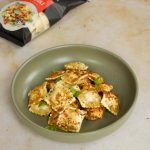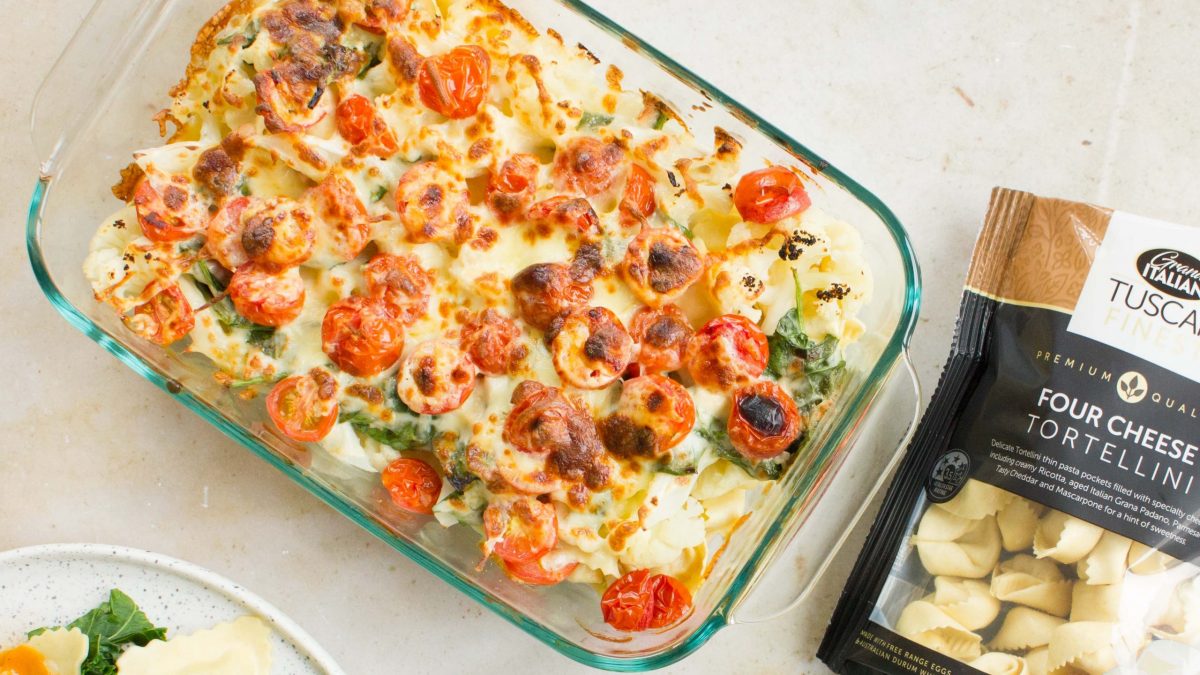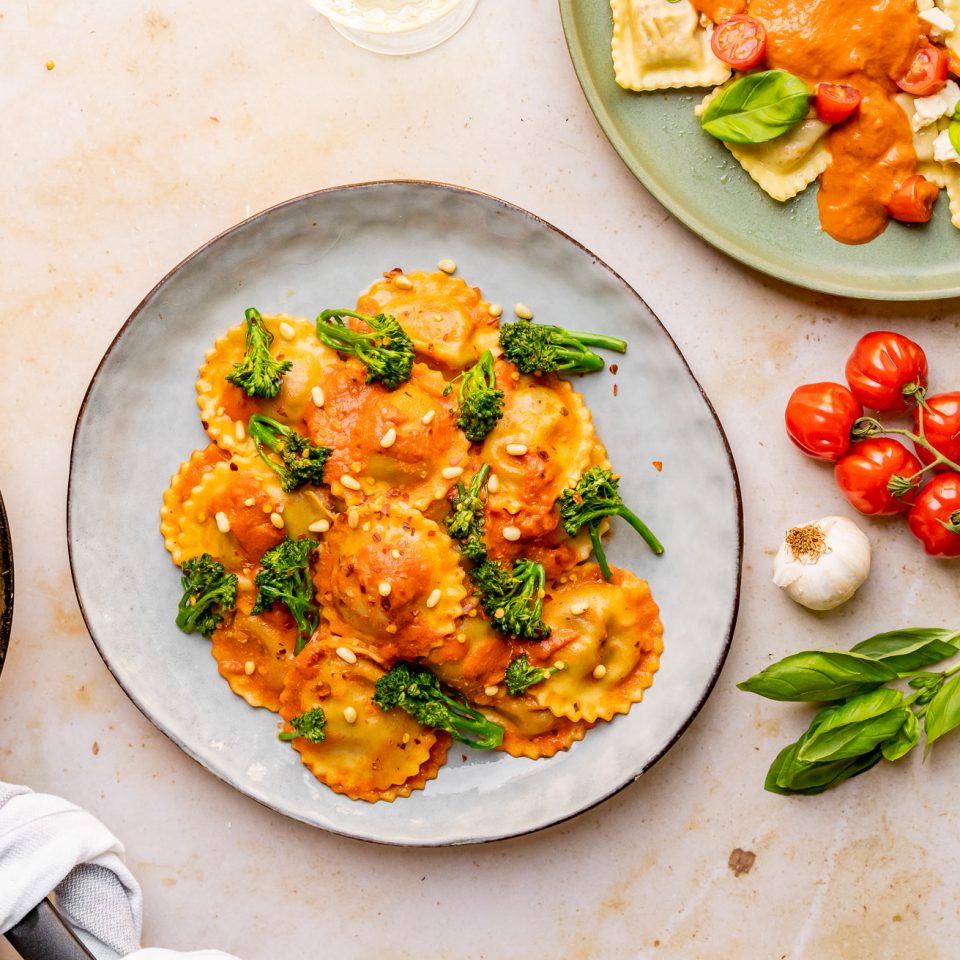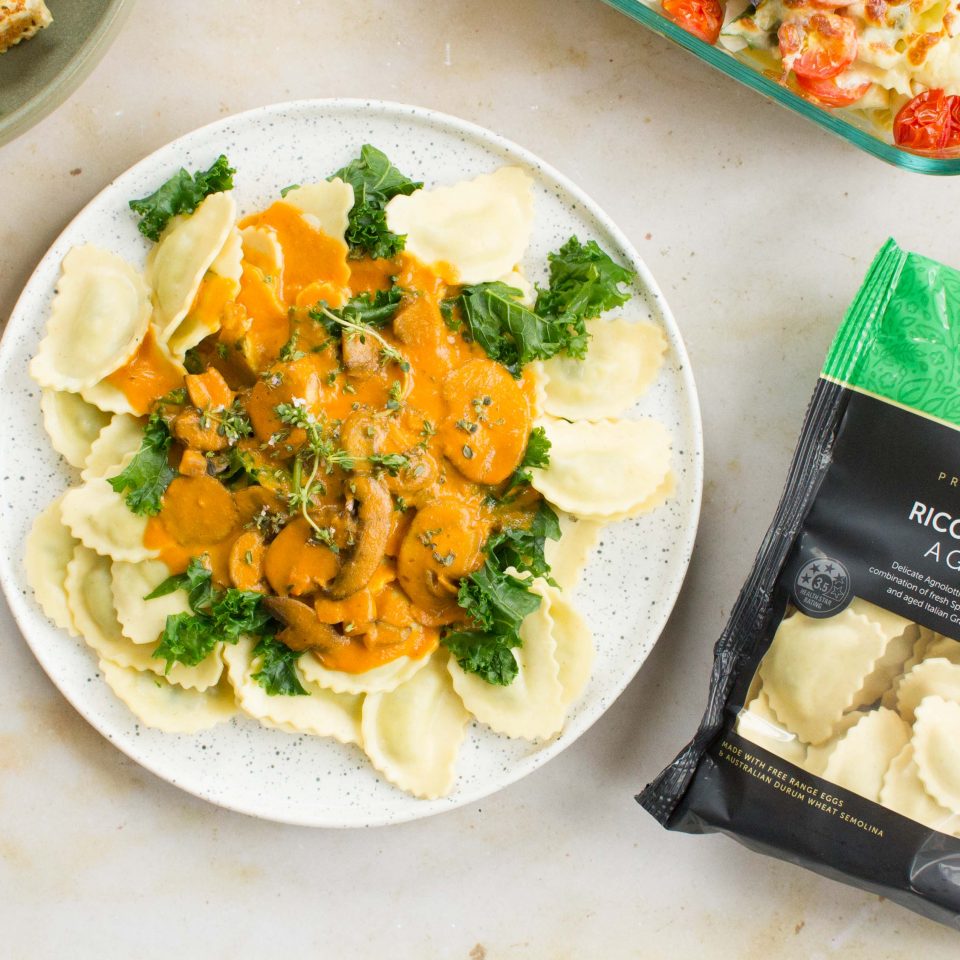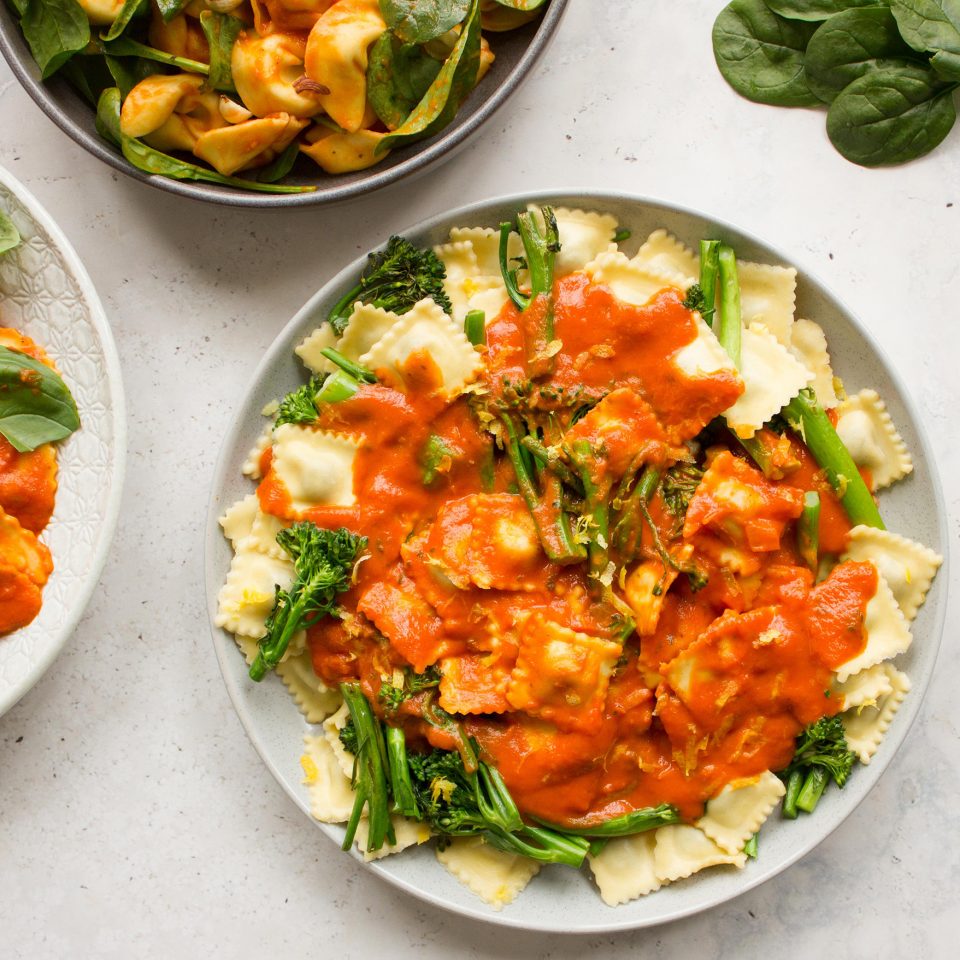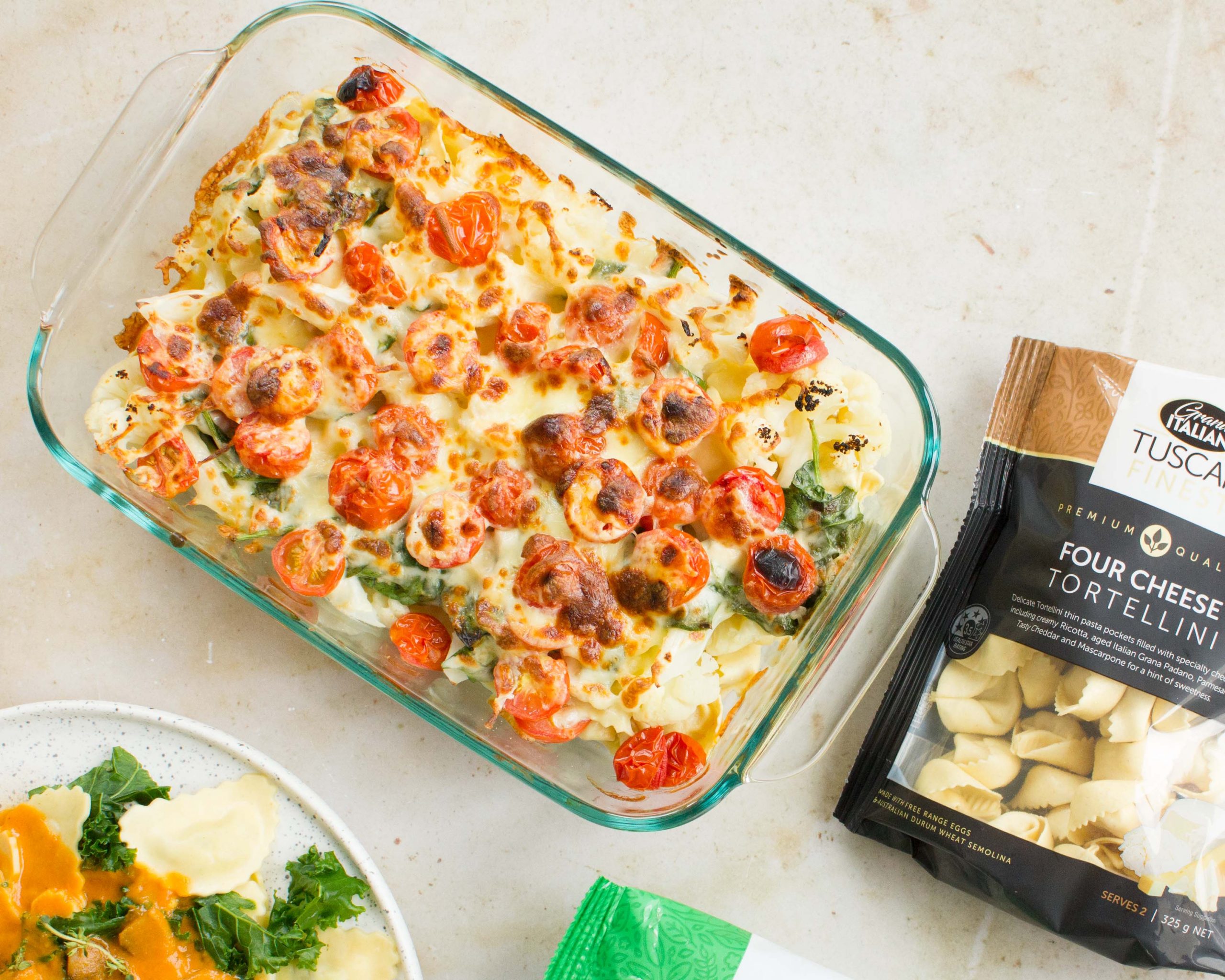

Mastering the Art of Cooking Packet Pasta: 5 Tips for Perfect Results
Packet pasta, also known as instant or convenience pasta, has become a kitchen staple for many. They offer a quick and easy solution for busy individuals and families, allowing you to prepare a satisfying meal in a matter of minutes. However, cooking packet pasta to perfection can be a bit of a challenge. If you've ever ended up with overcooked, mushy pasta or a sauce that just won't stick, you're not alone. But fear not, with a little know-how and a few simple tips, you can master the art of cooking packet pasta and achieve perfect results every time.
1. Choose the Right Pasta
The first step to cooking perfect packet pasta is to choose the right type of pasta. There are numerous options available, from macaroni to penne, fusilli, and more. Consider the sauce you plan to use and the cooking time recommended on the package. Thin, delicate pasta shapes like angel hair or spaghetti cook faster than thicker options like penne or rigatoni. Match the pasta to the sauce to ensure even cooking and a balanced flavour profile.
2. Use Ample Boiling Water
When you're ready to cook your packet pasta, be sure to use a large pot with plenty of boiling water. Using a large pot helps prevent the pasta from sticking together and ensures even cooking. As a general guideline, aim for about 4-6 cups of water for every cup of pasta. Additionally, salt the water generously, as this is your only opportunity to season the pasta itself. A good rule of thumb is to use about 1 teaspoon of salt per litre of water.
3. Don't Overcook
Overcooking is a common mistake when it comes to packet pasta. To achieve the perfect al dente texture, follow the cooking time indicated on the pasta package as a starting point. It's essential to taste the pasta a minute or two before the recommended time, as different brands and shapes may vary slightly. Al dente pasta should be tender yet still have a slight bite to it. Overcooking can turn your pasta into a mushy mess, so be vigilant.
4. Stir and Test
Once your packet pasta is in the boiling water, stir it frequently with a long fork or a pair of tongs to prevent sticking. This is particularly important during the first couple of minutes when the pasta tends to clump together. As you approach the recommended cooking time, start testing for doneness. Carefully remove a piece of pasta and bite into it to assess its texture. Remember that the pasta will continue to cook a bit after you drain it, so you want to achieve that al dente stage in the pot.
5. Reserve Some Pasta Water
One secret to creating a silky, well-coated pasta dish is to reserve a cup of the pasta cooking water before draining. The starchy water can be a valuable tool for adjusting the consistency of your sauce. If your sauce seems too thick or dry, add a little pasta water to it to create a smoother texture. The starchy water can help the sauce adhere better to the pasta, resulting in a more harmonious and flavourful dish.
In conclusion, mastering the art of cooking packet pasta is all about attention to detail and a bit of practice. By selecting the right pasta, using ample boiling water, avoiding overcooking, and being diligent with stirring and testing, you'll be well on your way to creating the perfect pasta dish. Don't forget the magic of reserving some pasta water to enhance your sauce. With these tips in your culinary arsenal, you can confidently prepare delicious packet pasta meals that will leave your taste buds satisfied and your hunger quenched in no time.

